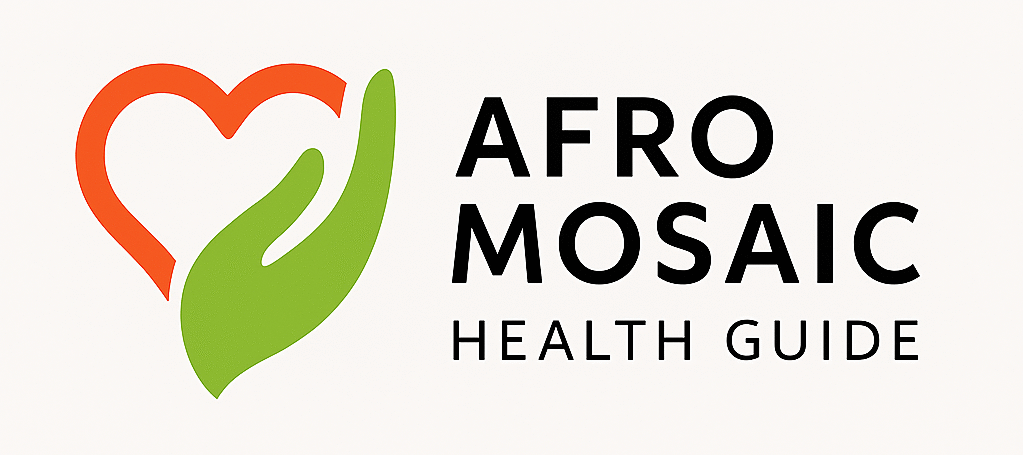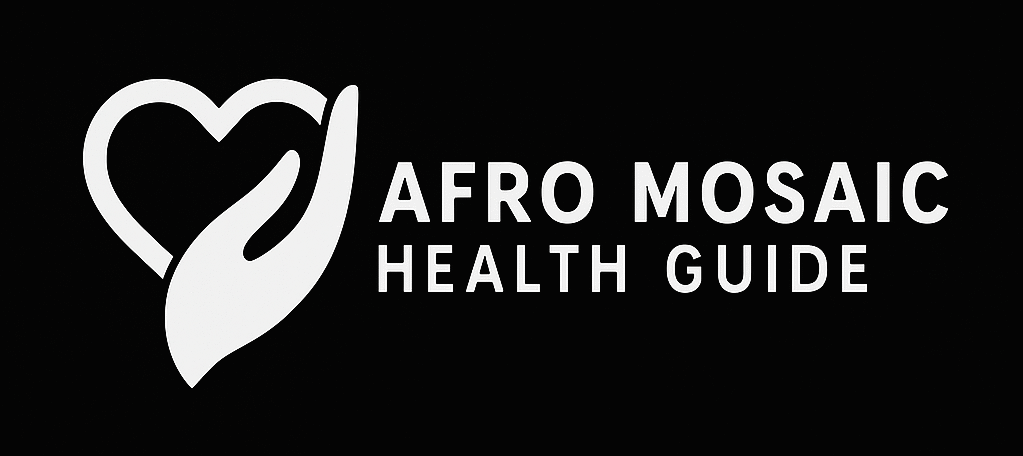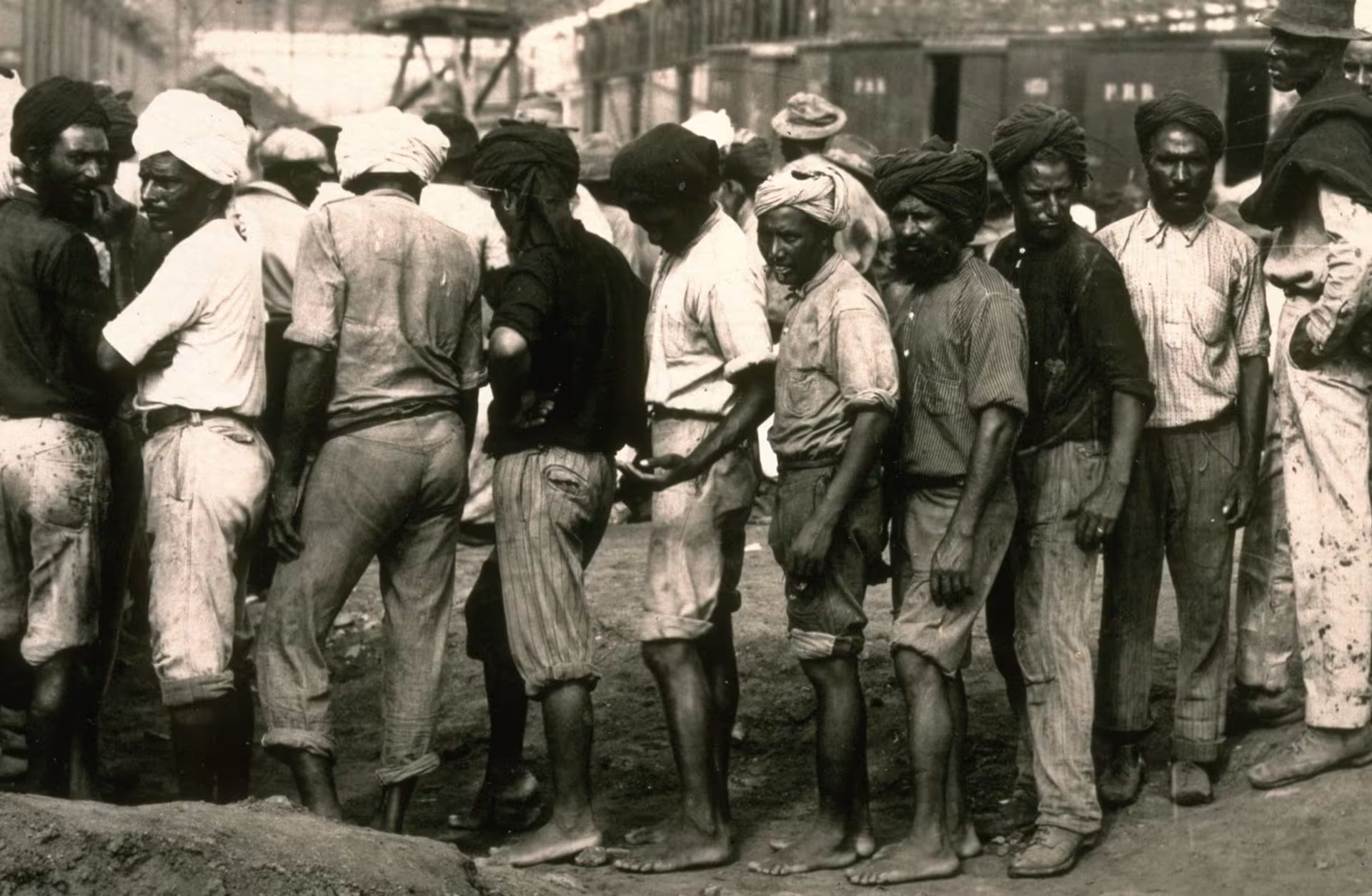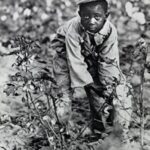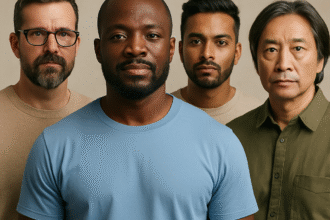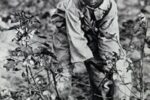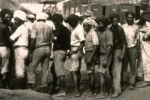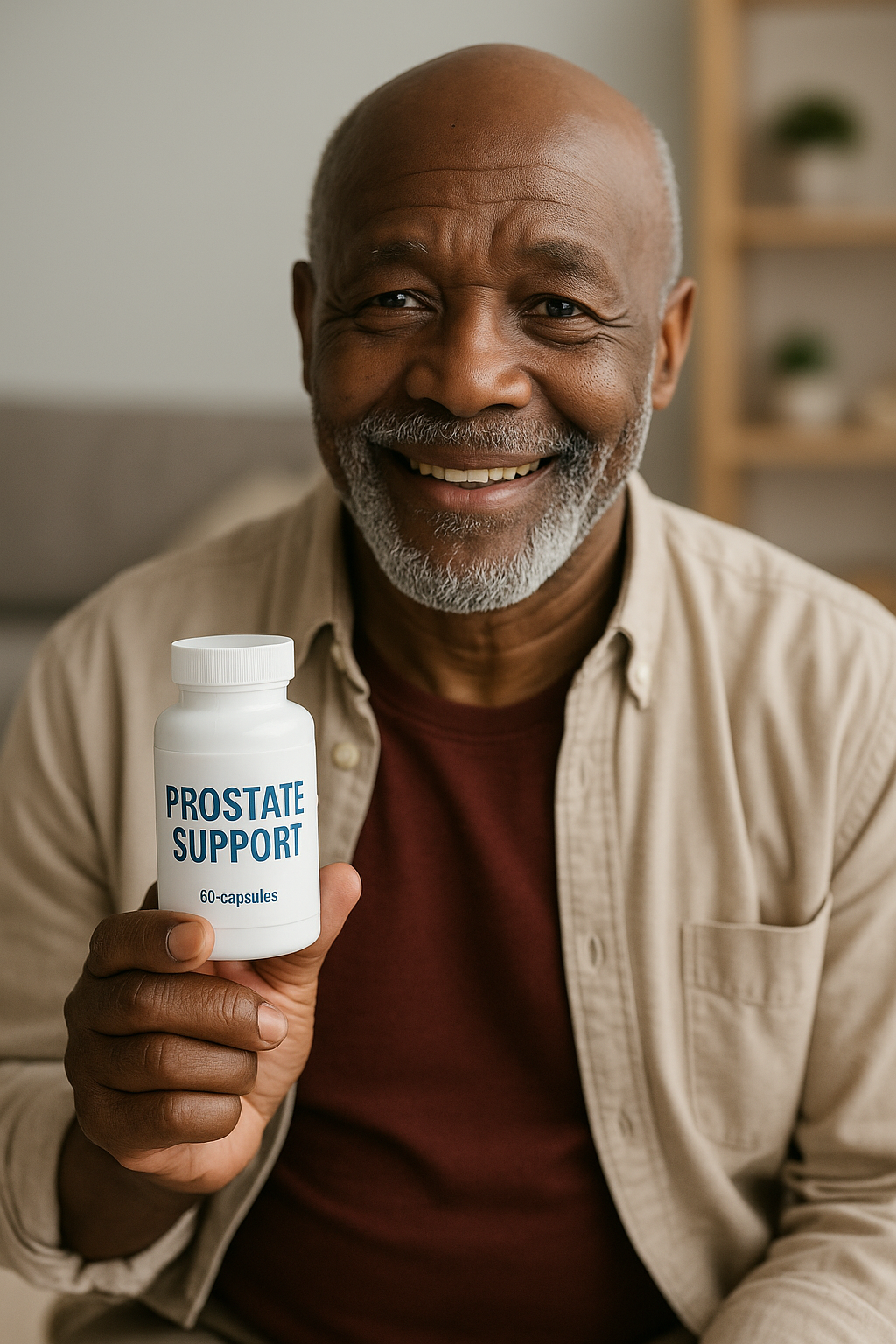
Hey there—come closer. There’s a story history books barely whisper about. It’s not about presidents or generals. It’s about the sweat-stained hands that dug through rock and disease to connect two mighty oceans—and built the backbone of American power.
This is the untold story of John W. Brown, Eustane Tabious, and thousands of fearless Black Caribbean men who left home chasing hope—and found hardship instead. When you watch a ship glide through the Panama Canal today, remember this: that smooth passage was bought with human pain, carved from courage, and paid for in Black blood.
What It Was REALLY Like to Build the Panama Canal
The Lure of the Isthmus: Escaping One Trap, Entering Another
Picture the Caribbean in the early 1900s—Jamaica, Barbados, Trinidad. Freedom had come, but real opportunity hadn’t. Land was still controlled by white planters. Wages were crumbs. Dreams were small.
So when news spread of work in Panama—steady pay, a fresh start—men like John W. Brown saw a lifeline. They weren’t running away; they were breaking free. Migration became rebellion. But the promise turned out to be a mirage. As writer Kofi Boukman Barima said, they left a bad situation and found a worse one—“jumping out of the frying pan into the fire.”
Two Rolls, Two Realities
When the U.S. took over construction in 1904, it split the workforce into two worlds:
Gold Roll. Silver Roll.
Gold was for white Americans—paid in U.S. dollars, living in comfort.
Silver was for the Black Caribbean men—paid in cheap local coin, housed in barracks, barred from white hospitals, and banned from dignity.
They swung pickaxes in 100-degree heat for ten cents an hour. They dug America’s future while being denied a seat at its table.
Hell’s Gorge: Where Sweat Turned to Blood
The Culebra Cut—nicknamed Hell’s Gorge—was the graveyard of dreams. Explosions. Rockslides. Steam shovels the size of buildings. Death was everywhere.
And then came disease.
Malaria ravaged eight out of every ten workers. Pneumonia and tuberculosis claimed even more. In 1906, 59 nonwhite deaths per thousand—triple the rate of whites. Many were buried in unmarked graves, their names erased but their labor immortalized in stone and steel.

A Cry for Justice
Survivors begged for help and were met with indifference. Constantine Parkinson lost a leg; Wilfred McDonald lost both. When McDonald pleaded for aid, he called himself a “Truley Sobadenated Clyante”—a phrase that says everything about the world they lived in: loyal, broken, forgotten.
Only after public shame did the Canal Commission give him prosthetic legs—not compassion, but convenience.
The Legacy That Lived On
By 1914, the Canal was complete. The U.S. rose to world power. But beneath the triumph lay the bones of Black labor. Their suffering birthed something greater—awareness, resistance, pride.
Men like Marcus Garvey saw what happened in Panama and vowed it would never happen again. Out of their pain grew the seeds of the Universal Negro Improvement Association—a movement that would awaken a race.
Why We Must Remember
The Panama Canal isn’t just an engineering miracle—it’s a monument to endurance.
To the men who dug through stone and injustice.
To the women who waited across the sea for letters that never came.
To every soul who paid with their life so ships could pass in peace.
They were the real builders of empire—the Black men of the Caribbean whose courage crossed oceans. Their story isn’t a footnote. It’s the foundation.
